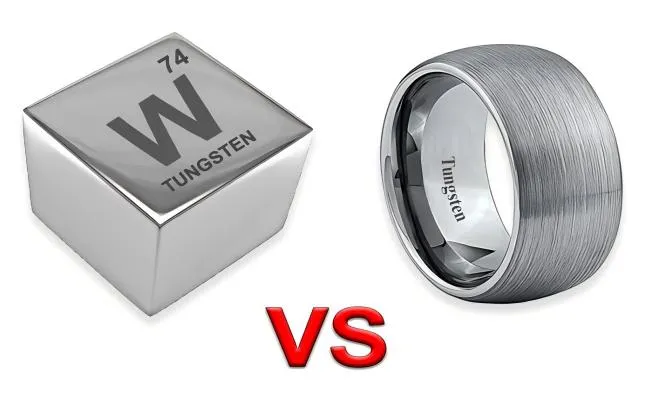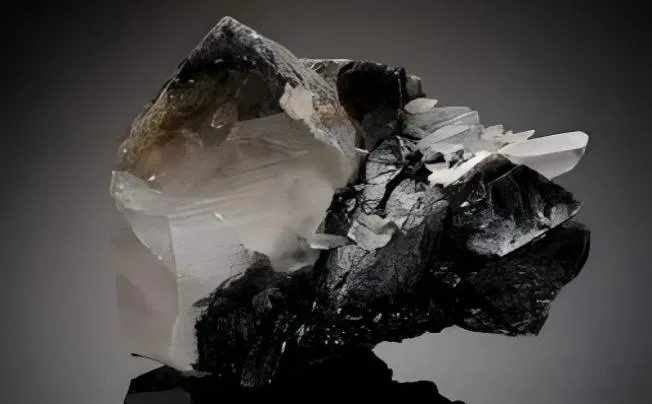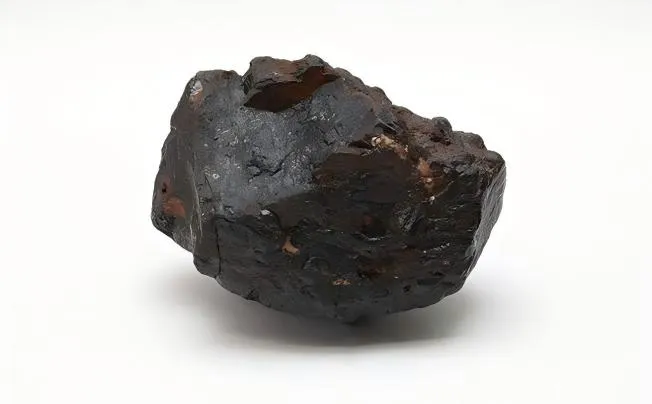In the realm of cutlery, the quest for the perfect blade has led to the exploration of materials beyond traditional steel. This analysis aims to delve deep into the world of tungsten knives, examining their properties, performance, and place in the culinary landscape.
Introduction to Tungsten Knives
Tungsten knives represent a cutting-edge innovation in the world of culinary tools. These knives are typically crafted from tungsten carbide, a material that combines the strength of tungsten with the hardness of carbon.
This combination results in a blade that is not only incredibly durable but also capable of maintaining a sharp edge for extended periods. The advent of tungsten knives has sparked interest among professionals and enthusiasts alike, who are eager to explore the benefits this new material can offer.
The manufacturing process of tungsten knives involves sintering, a technique that binds the tungsten carbide particles together under high pressure and temperature. This method ensures that the resulting blade is uniform in structure, free from the weaknesses that can plague other materials.
The result is a knife that is not only strong and durable but also resistant to the chipping and cracking that can occur with more brittle materials like ceramic. Tungsten knives are not without their challenges, however.
The hardness that makes them so effective also makes them more difficult to sharpen. Unlike traditional steel knives, which can be honed on a whetstone, tungsten knives often require specialized equipment to restore their edge.
This can be a barrier for some users, but for those willing to invest in the proper tools and techniques, the rewards can be substantial. The introduction of tungsten knives into the market has opened up new possibilities for chefs and cooks, offering a tool that can redefine the standards of sharpness and durability.
Understanding Tungsten
What is tungsten?
Tungsten, known scientifically as wolfram, is a chemical element with the symbol W and atomic number 74. It is one of the densest elements found naturally, surpassed only by gold, platinum, and a few others. Tungsten belongs to the transition metals group in the periodic table and is renowned for its remarkable strength and high melting point, which is the highest among all metals at approximately 3,422°C (6,192°F).
Tungsten is known for its resistance to acids and bases, which makes it incredibly corrosion-resistant. It does not react with oxygen at room temperature, but when heated, it forms tungsten trioxide. This chemical stability is one of the reasons tungsten is used in various industrial applications, from light bulb filaments to superalloys. Tungsten's ability to form hard carbides with carbon is another critical property, resulting in materials that are extremely hard and wear-resistant, such as tungsten carbide, which is often used in cutting tools and abrasives.
Physically, tungsten is a silvery-white metal that is brittle and hard when pure. However, it can be alloyed with other elements to improve its ductility and toughness, making it suitable for a wide range of applications. Its density of around 19.3 grams per cubic centimeter is nearly twice that of steel, contributing to its strength and ability to withstand high stress and impact. Tungsten's high thermal and electrical conductivity, along with its low thermal expansion, make it an ideal material for high-temperature applications, such as in the aerospace and electronics industries.
Why is tungsten used in knives?
The Cutting Edge of InnovationThe primary reason tungsten is used in knives is its unparalleled durability and strength. Tungsten carbide, a compound of tungsten and carbon, is the material of choice for the cutting edges of high-performance knives. Its hardness is just below that of diamonds, making it one of the hardest materials available for knife manufacturing. This extreme hardness allows tungsten knives to maintain their sharpness and cutting efficiency even under heavy use, making them ideal for tasks that require significant force and precision, such as cutting through tough materials like bone or hardwoods.
Edge retention is another critical factor that makes tungsten an excellent choice for knives. Unlike many other materials, tungsten carbide blades can retain their sharpness for much longer periods. This is due to the material's high wear resistance, which prevents the edge from dulling quickly.
Resistance to wear and corrosion is a third compelling reason for using tungsten in knives. Tungsten carbide blades are highly resistant to abrasion, ensuring that they do not wear down easily, even when used on abrasive surfaces. Additionally, the chemical inertness of tungsten provides excellent resistance to corrosion, which is crucial for knives used in environments where exposure to moisture and other corrosive substances is common. This longevity and resistance to degradation make tungsten knives a cost-effective choice in the long run, as they require less maintenance and replacement than knives made from less durable materials.
Comparing Tungsten Knives to Other Knife Materials
- Stainless Steel
Stainless steel is one of the most widely used materials for kitchen knives due to its versatility and ease of maintenance. This alloy typically consists of iron, chromium, and nickel, providing a balance of hardness, corrosion resistance, and durability.
One of the primary advantages of stainless steel knives is their resistance to rust and corrosion, making them ideal for environments where moisture is prevalent. They are also relatively easy to sharpen and maintain, which is a significant benefit for busy home cooks and professional chefs alike.
However, stainless steel knives are not without their drawbacks. While they are resistant to corrosion, they are not as hard as some other materials, which can lead to a less durable edge. This means that they may require more frequent sharpening compared to knives made from harder materials like tungsten. Additionally, stainless steel knives can be prone to staining and discoloration if not properly cleaned and dried after use.
Despite these limitations, stainless steel remains a popular choice due to its affordability and overall performance. When comparing tungsten knives to stainless steel, the differences are stark.
Tungsten knives offer superior edge retention and hardness, making them ideal for tasks that require a consistently sharp edge over extended periods. Tungsten's high melting point and density also contribute to its durability, allowing it to withstand more rigorous use without chipping or breaking.
However, tungsten knives can be more challenging to sharpen and may require specialized tools, which can be a drawback for some users. While stainless steel knives are more accessible and easier to maintain, tungsten knives provide a higher level of performance for those willing to invest the time and effort.
- Ceramic
Ceramic knives have gained popularity in recent years due to their unique properties and performance characteristics. Made from zirconium oxide, ceramic knives are incredibly hard and can maintain a sharp edge for an extended period, often outperforming traditional metal knives in this regard.
They are also lightweight, which can reduce hand fatigue during extended use, and are resistant to corrosion and staining, making them ideal for cutting acidic foods like tomatoes and citrus fruits. One of the primary advantages of ceramic knives is their ability to hold a razor-sharp edge for a long time, often requiring minimal sharpening.
This makes them particularly useful for tasks that demand precision and consistency, such as slicing paper-thin vegetables or preparing sushi. Additionally, ceramic knives are non-reactive, which means they do not impart any metallic taste to the food, a benefit that is especially appreciated by culinary professionals.
However, ceramic knives are not without their limitations. One of the most significant drawbacks is their brittleness.
Ceramic knives are more prone to chipping and breaking if dropped or subjected to heavy impact, which can render them unusable. They are also not suitable for tasks that require a lot of force, such as chopping through bones or frozen foods.
Sharpening ceramic knives can also be challenging and often requires specialized tools, which can be a deterrent for some users. When compared to tungsten knives, ceramic knives offer a different set of strengths and weaknesses.
Tungsten knives are generally more durable and can withstand more rigorous use without chipping or breaking. They are also suitable for a wider range of tasks, including those that require more force.
However, ceramic knives maintain their edge for longer periods and are lighter, making them ideal for precision cutting tasks. The choice between tungsten and ceramic ultimately depends on the user's specific needs and the types of tasks they perform most frequently.







